
I have come late to the Taylor Swift party, but thanks to my daughter and niece, it didn’t take long for me to get on board. We saw and loved The Eras Tour movie, although I certainly didn’t recognize all of the songs. But if I watch again, I will know the words to every song in the Folklore set.
On one of the laziest last days of Christmas break, I let my daughter watch the Folklore: The Long Pond Studio Sessions documentary on Disney+, and sitting beside her, I figured I’d only pay attention to some of it. But 10 minutes in, I could not look away. I was completely transfixed by Swift’s confessional, complex songs of loss, love, and longing.
I soon learned that Folklore will likely be remembered as as a cultural artifact of the pandemic era. Swift wrote and recorded the album during the quarantine period and released it that very summer, a bit of a windfall for her fans after some very dark days.
I managed to miss that moment entirely. But after watching the documentary, I have thought of little else. Swift’s songs are tonic. They are triggers. They are golden memories and moments; some are stardust, some I’d rather forget.
Musically, Folklore is a dollop of Mazzy Star with a side dish of the Cranberries. It’s my mother’s Joan Baez record spinning out “Silver Dagger” with scratches and skips. It’s 20-year-old me listening to Sarah McLachlan’s Fumbling Towards Ecstasy CD loudly and incessantly for two semesters plus a summer.
I haven’t been this obsessed with an album—trying to parse the meaning of its lyrics, hunting for “easter eggs,” as the Swifties call them—in 25 years.
It’s a headspace I haven’t entered in decades. Everything twinkles, tingles, and aches.
Since my mind is now full of Folklore and is always full of jewelry, I wondered if I could merge the two. What if there were a jewel that embodied the essence of each track on the album? I challenged myself to find out.
Sometimes the answer was in the title or story of the song; other times I consulted the lyrics closely for cues. As I hunted and gathered the jewels, I imagined arranging them in a spiral on a Pendleton blanket, track by track, in order of their appearance, as if they all belonged to one collection.
So what does Folklore look like through the lens of a jewelry writer? If I’ve succeeded, it’s a dusty country-house armoire filled with glinting surfaces, a glittering pastiche of history, memory, love, and loss. Let’s dive in.
“The 1”
But we were something, don’t you think so? / Roaring twenties, tossing pennies in the pool
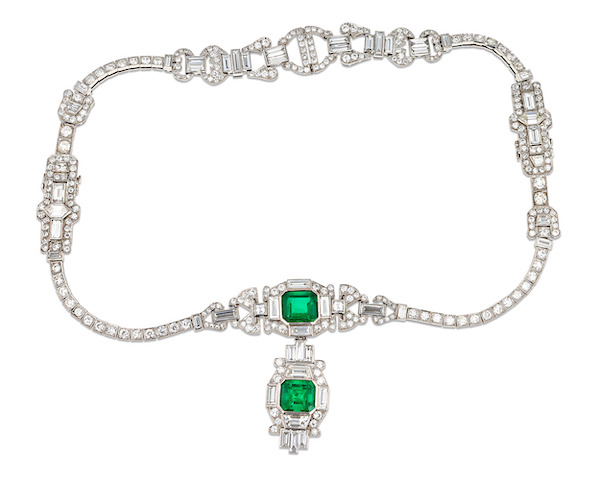
An art deco necklace perfectly captures the caprice that these lines convey—and the era they allude to.
“Cardigan”
But I knew you’d linger like a tattoo kiss / I knew you’d haunt all of my what-ifs
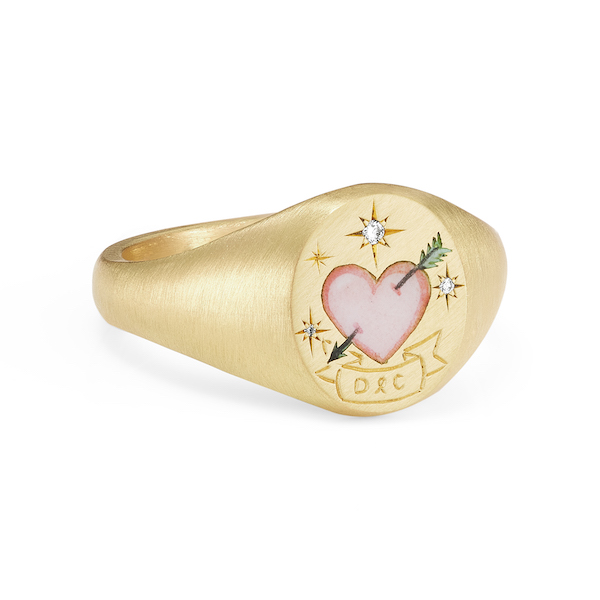
Cece Jewelry’s beloved signet rings are well known to take inspiration from tattoo art. The heart and initials here also put a fitting visual on one of the album’s central tropes: young love.
“The Last Great American Dynasty”
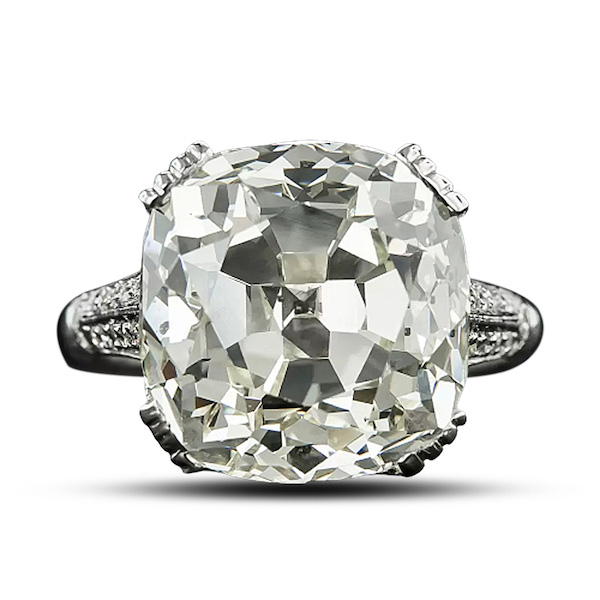
To fully appreciate the storytelling in this lively, uptempo song, I had to do a little Googling. I learned that it’s a tribute to Rebekah Harkness, a Rhode Island socialite who lived in a mansion called Holiday House on Watch Hill. Apparently she had a “marvelous time ruinin’ everything.” The kicker: Swift herself now owns said mansion!
I asked Lang Antiques in San Francisco to give the song a listen and imagine an engagement ring for Rebekah. They landed on what could have been a Harkness family heirloom. At 18.86 carats, the center stone surely would have commanded the spotlight—and elicited gossipy whispers—every time she wore it.
“Exile”
You were my crown / Now I’m in exile seein’ you out
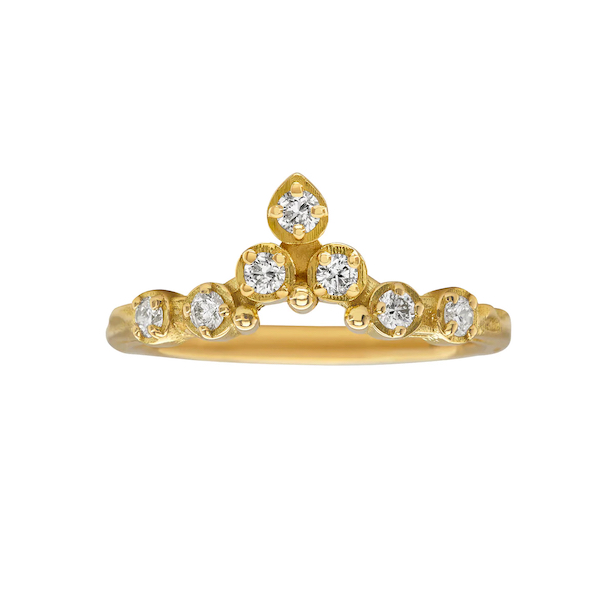
Folklore’s only duet (with Bon Iver) is an epic one. In general, if the jewelry prompt is “crown,” my mind goes straight to Karen Karch. As a bonus, this designer’s overall aesthetic matches the album’s. Karch is a favorite of mine going all the way back to the late 1990s when Sarah McLachlan, Portishead, et al. were still my jam.
“My Tears Ricochet”
We gather stones, never knowing what they’ll mean / Some to throw, some to make a diamond ring
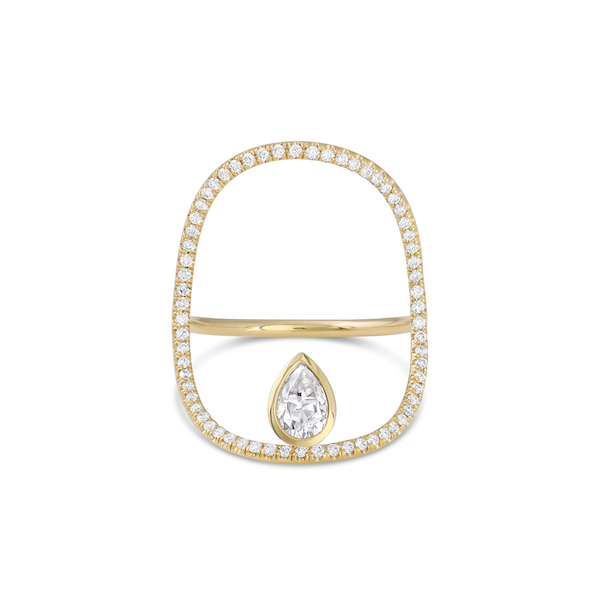
For track 5, not just any diamond ring, but one Swift has actually worn. Specifically, to the 2022 AMAs when she received the award for Favorite Female Pop Artist. And that pear-shape diamond, resembling a teardrop, is a fitting detail for this song—which has been praised by critics as one of Folklore’s best.
“Mirrorball”
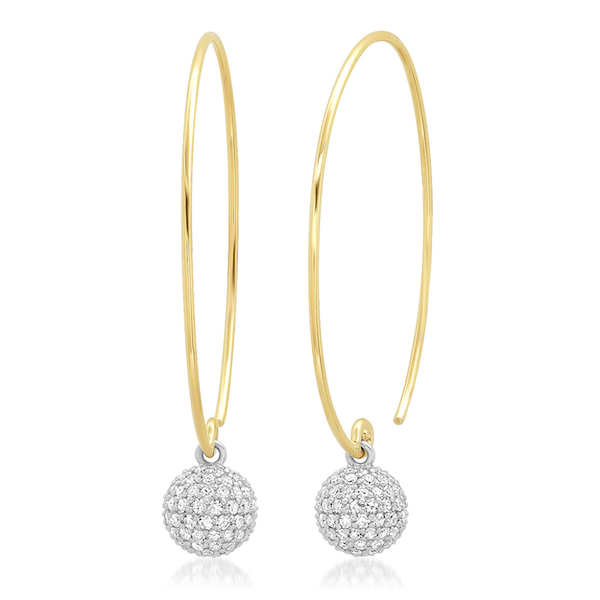
The imagery is obvious, but to fully appreciate the depth of this song, let’s go straight to the source. On the Disney+ documentary (the very one that sent me on this journey), Swift says: “Sometimes when I’m writing to an instrumental track, I will immediately see a scene set. In this case, I immediately saw a lonely disco ball, twinkly lights, neon signs, people drinking beer by the bar, couple of stragglers on the dance floor—just sort of a sad, moonlit experience.” And the song nails the vibe (with a subtle stylistic allusion to the Cranberries).
“Seven”
Your braids like a pattern / Love you to the moon and to Saturn
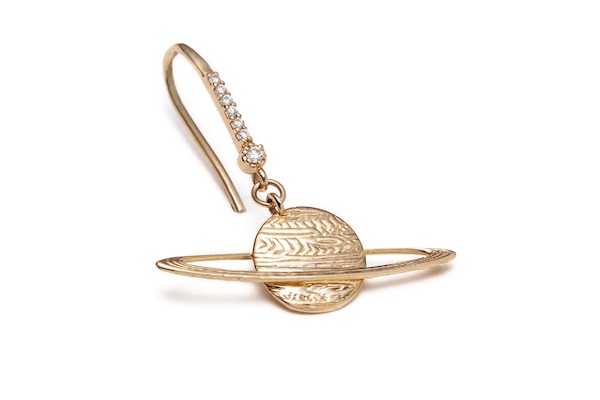
It took several listens to stop ugly-crying during this song, my favorite of the bunch. It’s a beautiful, tender reflection on childhood innocence, but hints at an underlying darkness.
“August”
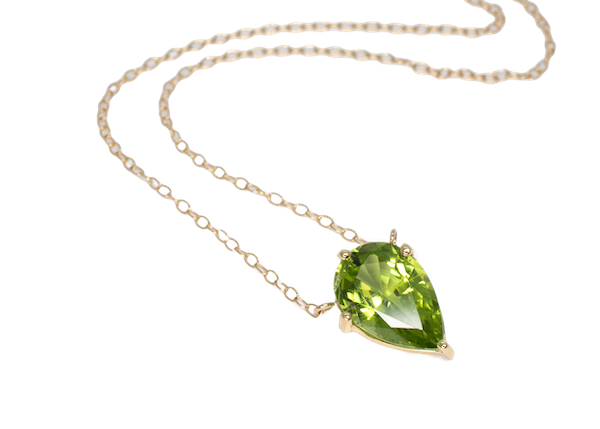
A peridot necklace is the ideal emblem for this track. The stone is said to channel love and abundance, something this song’s “other woman” comes close to but never quite harnesses.
“This Is Me Trying”
I was so ahead of the curve, the curve became a sphere
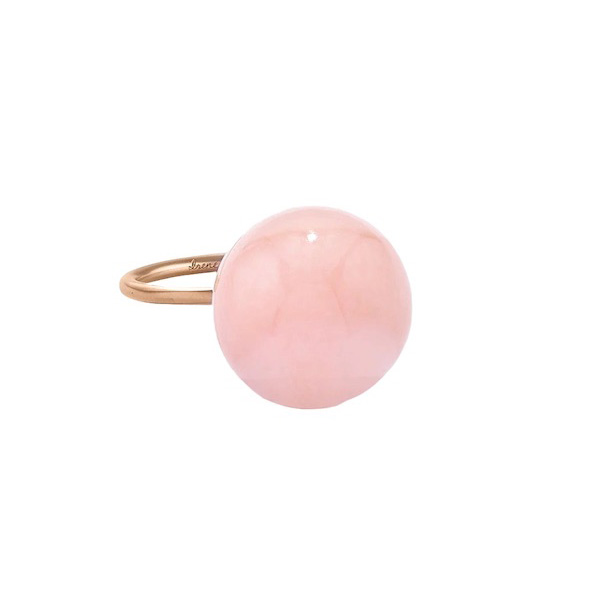
I think an aggressively cheerful pink opal gumball kind of subverts the tenor of this song, which expresses the pendulous weight of an addiction with a slow, dirgelike beat and a shimmering tonality that’s alternately plaintive and hopeful. Its sister song might be Aimee Mann’s “I Was Thinking I Could Clean Up for Christmas” if Mann’s heroin-addled subject was able to turn a corner instead of “calling it a day.”
“Illicit Affairs”
Leave the perfume on the shelf / That you picked out just for him / So you leave no trace behind / Like you don’t even exist
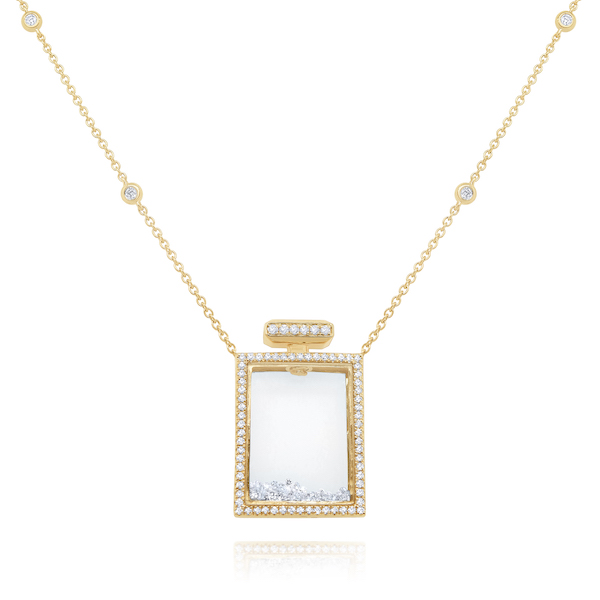
It was the perfume bottle reference for me —and I found a great one!
“Invisible String”
Chains around my demons, wool to brave the seasons / One single thread of gold tied me to you
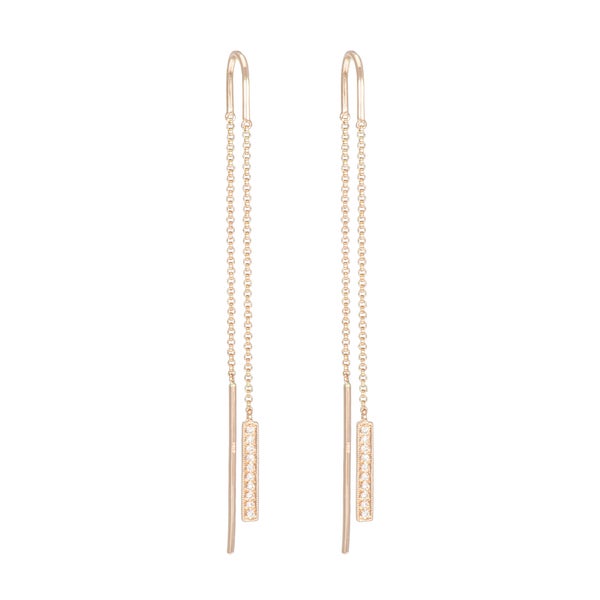
Listen to this syncopated, lilting jewel of a song, my second favorite on the record, and tell me if it doesn’t shape-shift—and time-travel—its way into a peak-1970s Fleetwood Mac recording studio. Many have compared the instrumentation on “Invisible String” to Sufjan Stevens’ work, but that reference is way too millennial for me to get. Meanwhile, if you play “Invisible String,” try singing “Landslide” at the same time. The songs sync up quite well.
“Mad Woman”
Does a scorpion sting when fighting back? / They strike to kill and you know I will
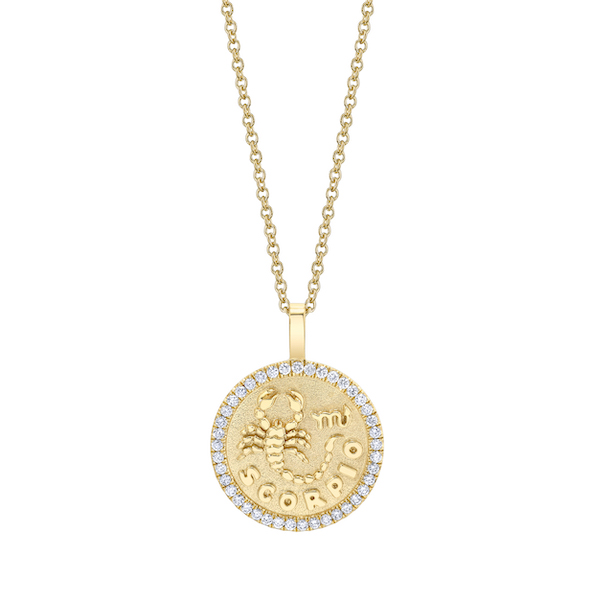
It was easy to find a jewelry counterpart for this song, with its scathing rebukes and words of warning.
“Epiphany”
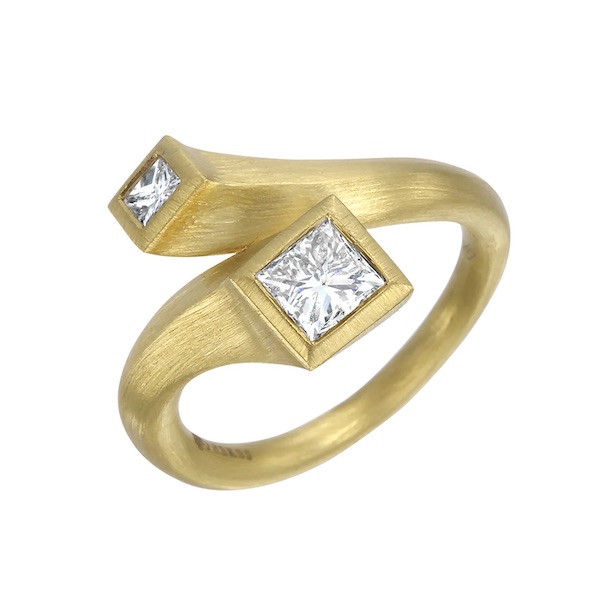
When Swift dropped Folklore in July of 2020, it was a comforting, joyful moment for fans trying to make sense of the new normal. In this song, Swift first alludes to the unspeakable horrors of war and then lands on the specter of death at the peak of the pandemic, especially as experienced by health care workers. Her thoughtful take is deeply sensitive, gentle, and ethereal.
“Betty”
If you kiss me, will it be just like I dreamed it? / Will it patch your broken wings?
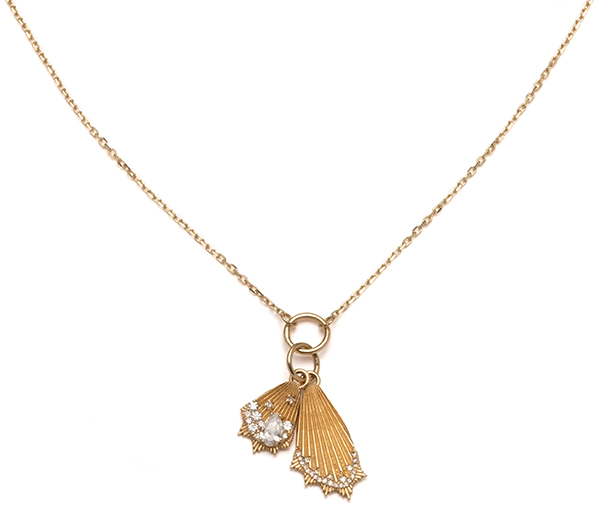
Naturally I could have gone with a Betty nameplate, but Swift’s storytelling offered richer material. Much has been written about the fact that Folklore gives us three characters involved in a love triangle from three points of view (in addition to “Betty,” see “Cardigan” and “August”). As for “Betty,” imagine the Jackson 5’s iconic “I Want You Back” as a jaunty, catchy country ballad. The three-part narrative arc builds to a porch-front confrontation at a high school party, and “Betty” is the final installment.
“Peace”
Your integrity makes me seem small / You paint dreamscapes on the wall
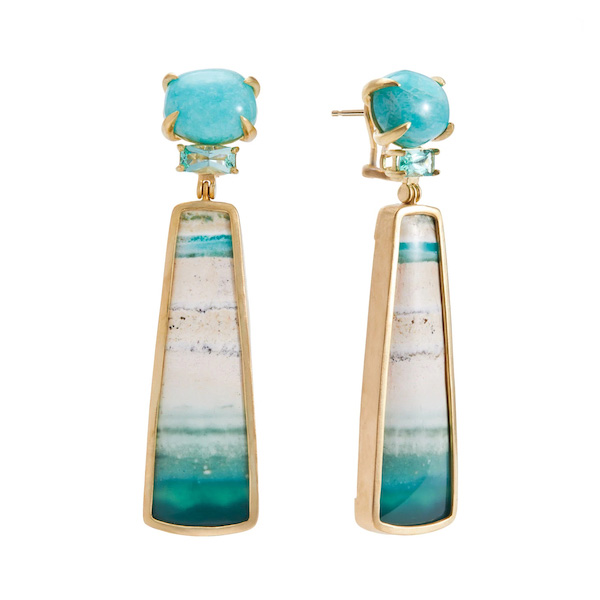
The reference to painting made me think of the beautiful pieces in Daria de Koning’s Landscape series. They center stones like dendritic agate, Maligano jasper, and petrified opalized wood, some with features that could be mistaken for watercolor paintings.
“Hoax”
Don’t want no other shade of blue / But you / No other sadness in the world would do
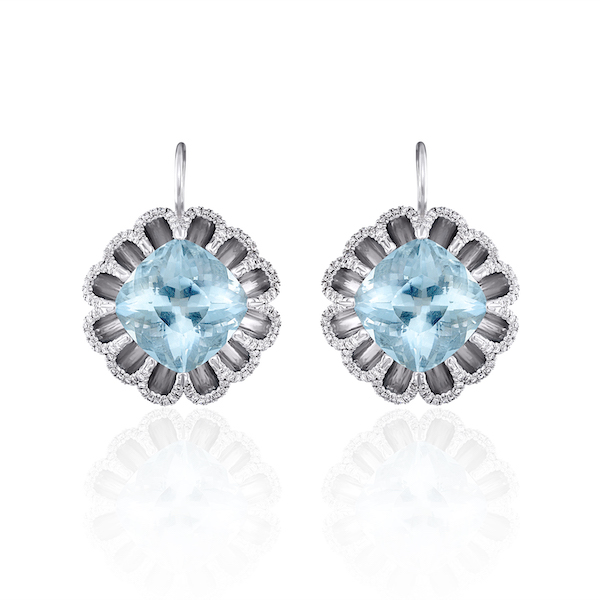
This is the kind of lyric I would have really related to in my mid to late 20s. And that’s all I’ll say about that.
“The Lakes”
I want auroras and sad prose / I want to watch wisteria grow right over my bare feet
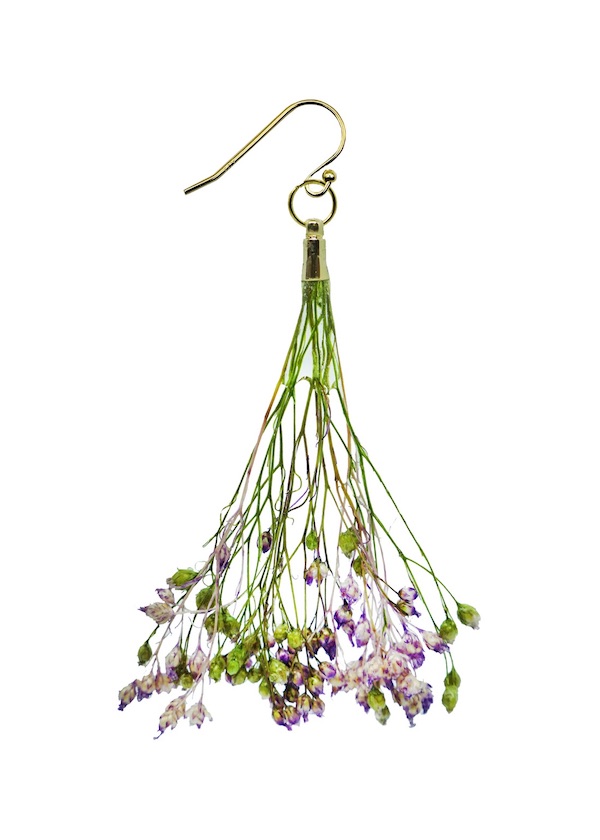
Folklore’s final track is a bittersweet farewell. Glamour called it a “melancholy love letter” to one of Swift’s high-profile boyfriends. I’d call it wistful and Keatsian, its melody and lyrics commingling to leave you with a sense of loss and, somehow, the urge to find some “Windermere peaks” for a good cry yourself. And so a dried bouquet such that you might see withering at the foot of gravestone seemed apropos.
Top: For me, there is no Taylor Swift album other than Folklore. Here she is at the 2021 Grammys, the night her pandemic oeuvre was named Best Album of the Year. (Photo: Kevin Mazur/Getty Images/The Recording Academy)
Follow me on Instagram: @aelliott718
- Subscribe to the JCK News Daily
- Subscribe to the JCK Special Report
- Follow JCK on Instagram: @jckmagazine
- Follow JCK on X: @jckmagazine
- Follow JCK on Facebook: @jckmagazine







